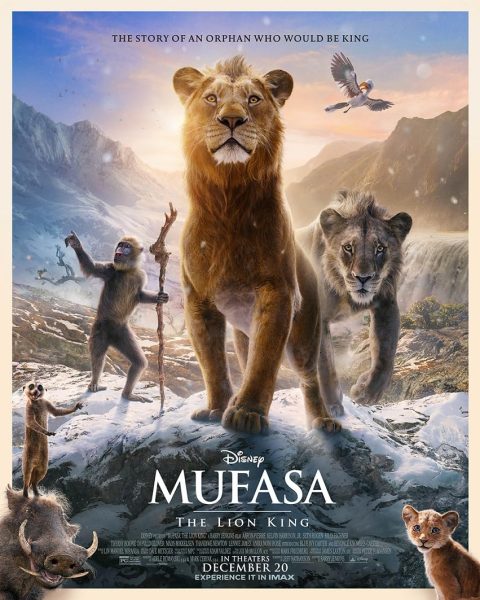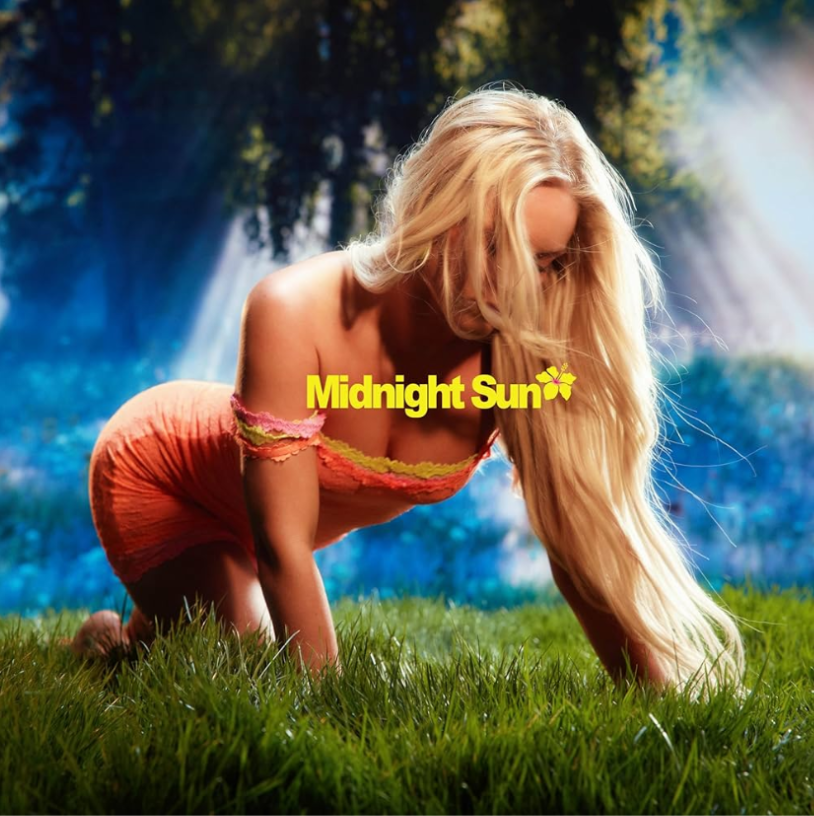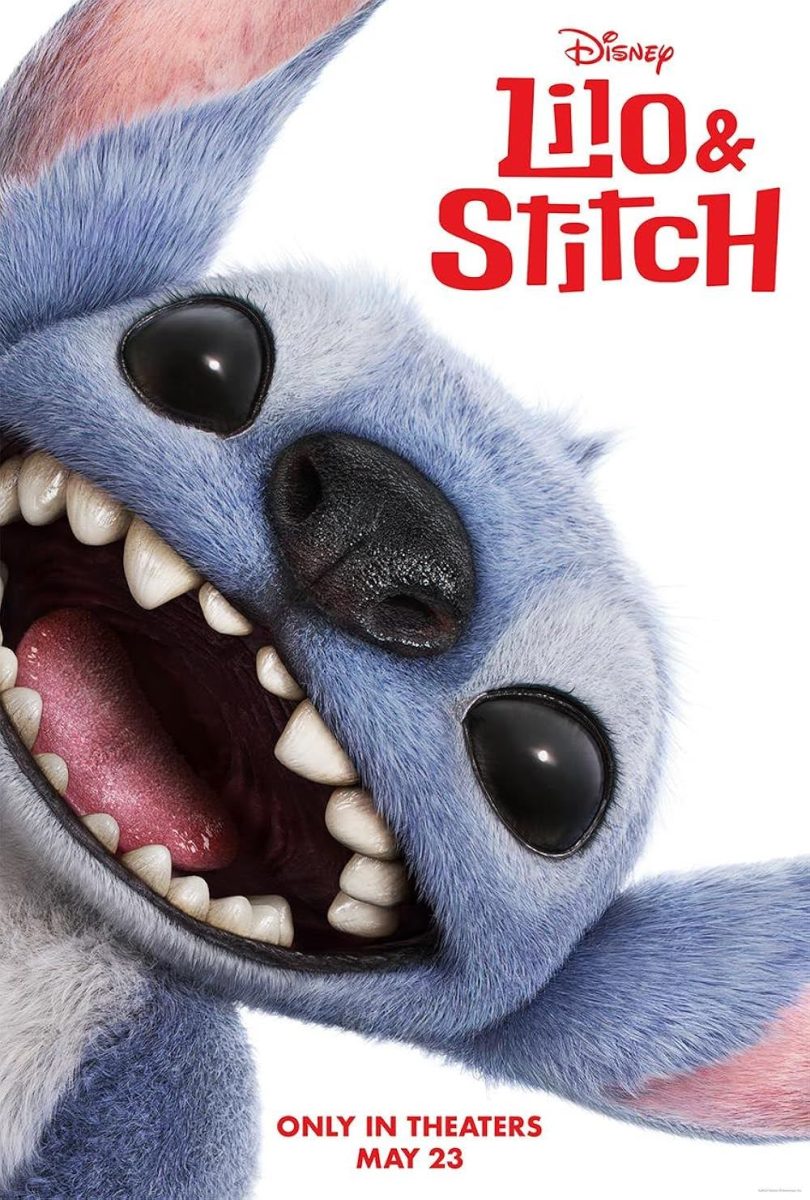Despite the original film’s sentiment, the new prequel “Mufasa: The Lion King” proves that not everyone’s circle of life is an interesting enough story to be told. Disney returns to the African savanna to explore the untold origin story of Mufasa, the first Lion King.
The film is a prequel to the 2019 photorealistic remake of the beloved 1994 cartoon. It was released in theaters on Dec. 20 and is expected to be available for renting in late February and on Disney+ soon after.
Directed by Barry Jenkins, the musical movie follows the orphaned lion cub Mufasa who meets the lion Taka, heir to a royal bloodline. Their journey quickly escalates as the pair are pursued by bloodthirsty white lions and forced to leave their homeland, meeting several faces familiar to “Lion King” fans along the way.

Throughout the film, the story cuts back to the wise seer, Rafiki, telling Kiara, daughter of Simba and Nala, the story of her grandfather. They are accompanied by the meerkat and warthog duo Timon and Pumbaa, who make up many of the classic, funny moments associated with “The Lion King.” However, their appearance in this prequel felt unnecessary. Most of their scenes were filled with inconsistent dialogue and bad attempts to target the audience’s nostalgia, ultimately failing to serve as comedic relief and pointlessly interrupting the tone of the rest of the film.
On the other hand, Blue Ivy Carter’s portrayal of the lion cub, Kiara, impressively invoked the innocence and youthfulness of Simba in the original film, indisputably showcasing Carter’s voice acting talent. In addition, Kelvin Harrison Jr. as Taka, and Aaron Pierre as Mufasa, bring new depth to these iconic characters while living up to the unforgettable performances of Jeremy Irons and the late James Earl Jones. Harrison Jr. and Pierre emulate their voices, but also dutifully present fresh interpretations of the characters’ motives.
Another major takeaway from “Mufasa” is Lin-Manuel Miranda’s songs. Being the masterful songwriter behind sensations such as “Moana” and “Encanto,” he was likely an easy choice for the movie’s producers to rely on to create just as catchy, memorable songs as the original film. Miranda went above and beyond to preserve the soul of “The Lion King,” bringing back Lebo M, composer and voice behind the famous “Circle of Life,” to write an opening scene much the same, bringing the audience back to their childhood in the first seconds of the film.

Despite the music being excellent on its own, there were some moments when the songs felt disconnected from the events taking place in the story. Most notably, the villain’s song “Bye Bye” is relatively lighthearted with an upbeat melody, disregarding the contents of the lyrics. During the actual scene, the villainous white lion Kiros menacingly circles a pack of lions before he kills them, creating dissonance between the music and the storyline, leaving the audience slightly disoriented.
While every song was well-rounded on its own, the song “Brother Betrayed,” expressing Taka’s descent to evil, had wasted potential. It was the most compelling and exciting song, but it quickly became underwhelming as it ended in under two minutes. It seems illogical that such a pivotal point in the film received such a brief period of screen time.
Truth be told, nearly all of the problems with “Mufasa” can easily be attributed to its inability to effectively evoke emotion because it looks more like a documentary than a fictional movie. The visual effects were too outstanding, making it harder for the audience to sympathize with the story like a traditional animated film, even though the latter is obviously more unrealistic.
The success and fame of classic Disney movies have nothing to do with the technical ability on display, but with the indescribable way the story engages with a global audience, which “Mufasa” utterly fails to do.









